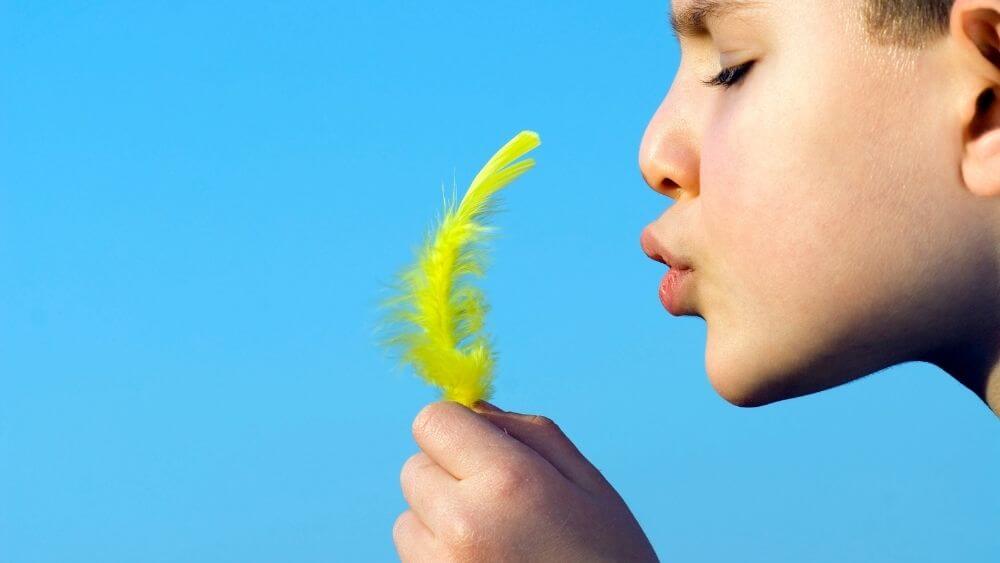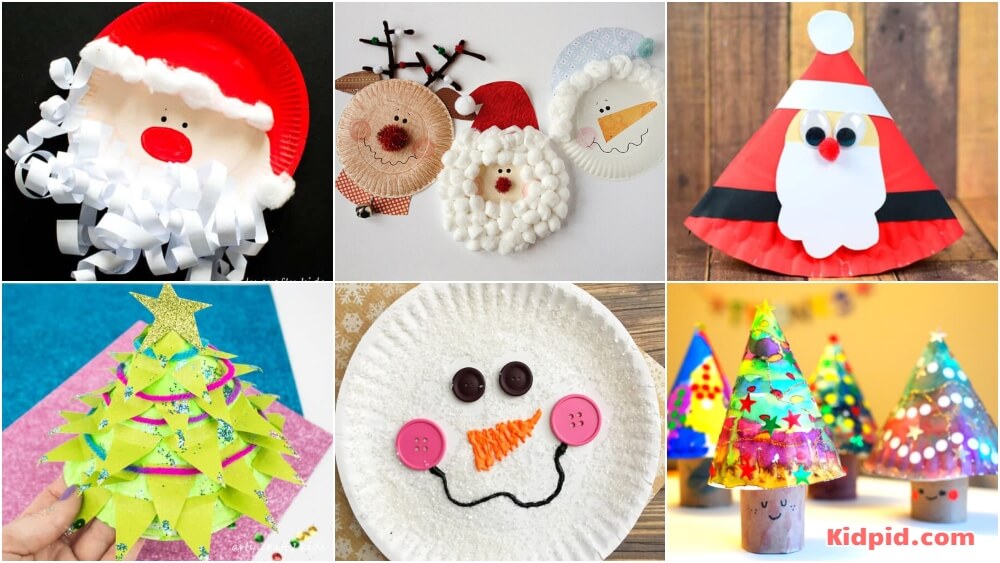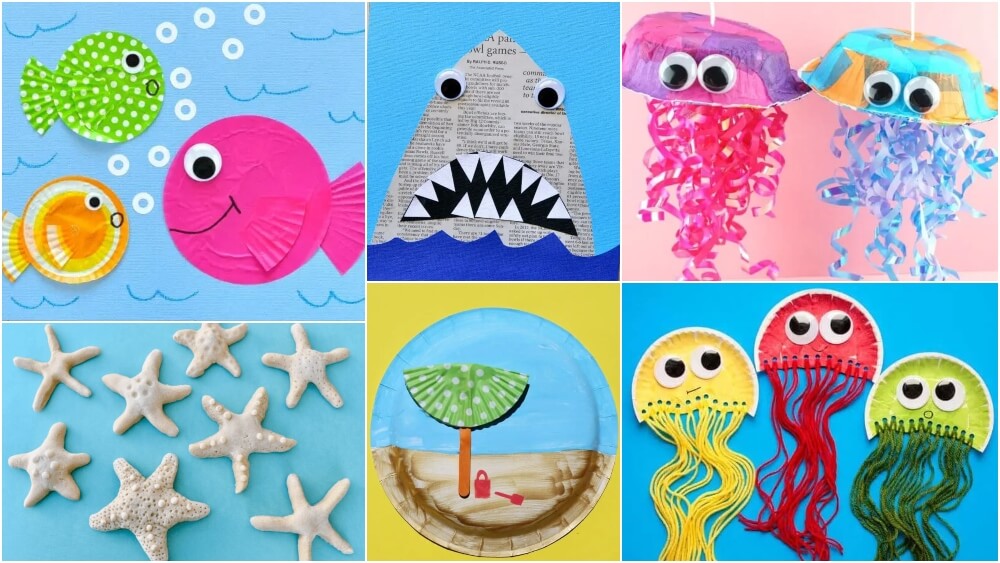Blow Hot, Blow Cold

Imagine sitting down to have lunch. In front of you there is a plate with a pile of steaming hot rice and vegetables. Now, would you start eating immediately?
- The food is very hot. If you ate it immediately, it would burn your tongue.
- If you blow on the hot food you will notice that after a while the rice becomes cooler.
- Now if you eat it, it will not burn your tongue.
So, we can see that by blowing air on something hot, it cools down.
In winter, your hands get cold very easily. What do people usually do in this situation? If you have noticed, people bring their hands close to their mouth and blow air into them. What does this do?
- By blowing air into the hands, the cold hands get warmed up.
Contents
Try this on yourself
- Bring your hands close to your mouth
- Now, blow into them
- You will feel that the air is actually warm
So, we see that by blowing air on something cold, we can warm it up. But by blowing air on something hot we can cool it down. How are both of these things possible?
- When you bring your hands close to your mouth and blow on them, the air is hot. Now, move your hand a little farther and blow on it. You will feel that the air that you’re blowing is not warmer than the surrounding air. This happens because by the time air reaches from your mouth to your hand, it gets cooled by the surrounding air.
- When we blow on something hot, for example hot rice that has just been taken off of the stove, we blow the air from a distance. So, the air is cooler than the hot rice and this helps cool it down.
- When we bring our cold hands close to our mouth in winter and blow on it, the air is warm and so the opposite effect happens i.e, it warms up our hands.
This principle is used in many aspects in life
- Think of a time when you hurt your eye. Usually one blows air into a folded napkin and puts it on their eye. Why?
- Blowing air into the napkin warms it up and the warmth is soothes the irritated eye.
What other activities involve blowing air?
- Take a pair of glasses and bring the lenses close to your mouth and blow on them. You will see that the warm air from your mouth cools down on the surface of the glass forming water droplets. Now, wiping the glasses with a piece of cloth makes it very clean.
- Blow air onto a mirror. You will see that the surface becomes hazy and unclear. The warm air on hitting the surface of the mirror cools down and forms water droplets making the surface moist and hazy.
- Instruments such as the flute, trumpet, saxophone, etc all involve blowing air into the tube of the instrument to produce a beautiful sound.
Activity:
- Take a deep breath in and hold your breath. Now measure your chest using a thread or a measuring tape.
- Now release your breath completely and measure your chest again.
- You will notice that when you breath in, your chest expands or comes out and so it gives a bigger measurement. When you breath out, your chest contracts or goes in and so it has a smaller measurement.
Breaths In A Minute:
- Start a timer for one minute and count how many times you breath in and out.
- Now jump 30 times and repeat the above activity.
- You will see that the number of times you breathe in and out is more after jumping. Why does this happen?
- When you jump, your body becomes a little tired and needs more air.
- Therefore, after jumping, you need more breaths to supply your body with the air it needs.
Activity:
- Give examples of when you blow air to cool something and when you blow air to warm something.
- Think of an example where you make sounds only by blowing air from your mouth.
- Several instruments are played by blowing air into them. Make a list of such instruments.






Responses